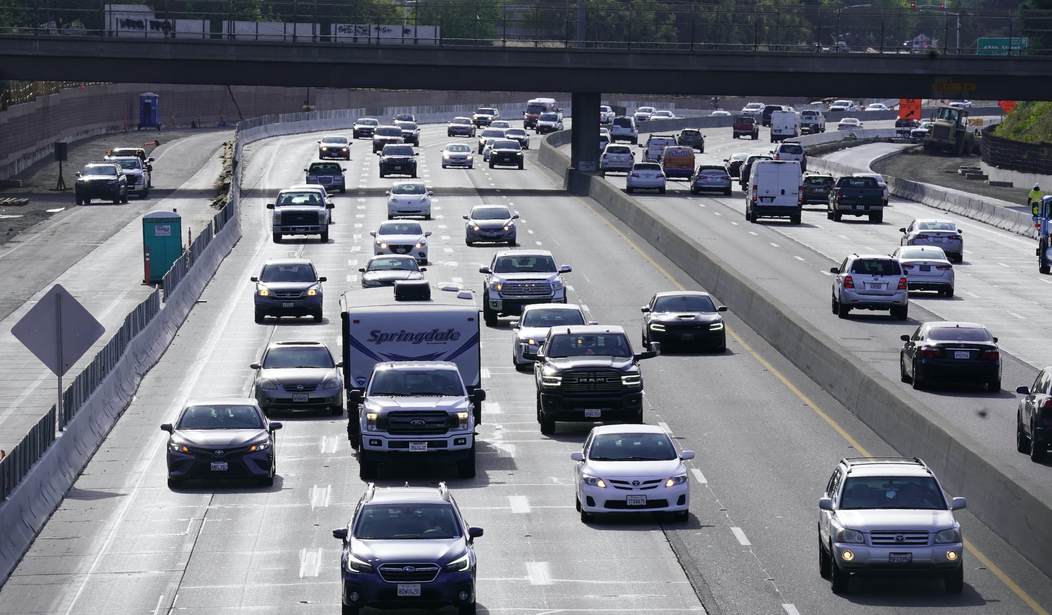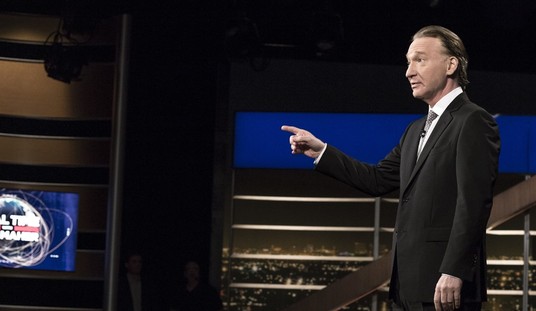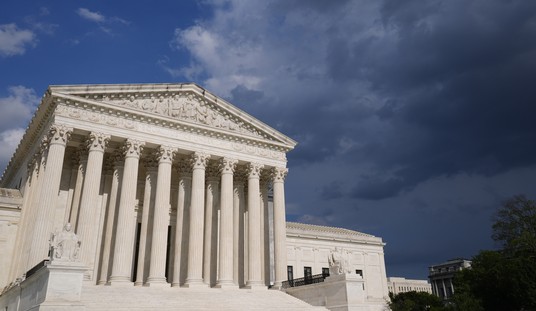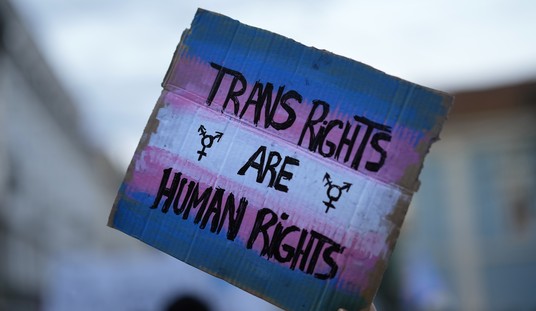In a move raising eyebrows across California, the state has rolled out "equity" speed cameras in San Francisco, where speeding fines now vary based on a driver's income. Under this new system, low-income drivers may only pay as little as $5 for a traffic violation, while wealthier individuals could face penalties as high as $500. Critics see it as another example of government overreach and misguided policies that penalize those who work hard and pay their fair share. Rather than addressing the root causes of speeding and unsafe driving, this system punishes drivers based on their financial status, creating more division and resentment in the process.
San Francisco has officially activated 33 newly installed speed cameras across the city to curb speeding and improve road safety. Although drivers will not receive citations during the initial two-month grace period, fines will soon be issued based on the severity of the violation and the driver's income level.
Fines will range from $10 to $500, with the amount varying depending on the driver's financial situation. For example, drivers caught exceeding the speed limit by 11 to 15 miles per hour typically face a $50 fine, but those deemed "low-income" will pay $25, and those receiving "public assistance" will pay just $10. Similarly, drivers caught speeding between 16 and 25 miles per hour over the limit will usually be fined $100, while "low-income" drivers will pay $50, and those on "public assistance" will be charged $20. The penalty for speeding by 26 miles per hour or more will usually be $200, but it will be reduced to $100 for low-income drivers and $40 for those on public assistance.
‘Equity’ Speed Cameras Go Live in California
— Libs of TikTok (@libsoftiktok) April 7, 2025
SF drivers caught in traffic violations face fines, but low-income residents pay significantly less—sometimes as little as $5—while others face fines up to $500.
Speeding fines depend on your income pic.twitter.com/6udx17cTy9
The San Francisco Municipal Transportation Agency (SFMTA) projects that approximately 42,000 citations will be issued daily under the new speed camera program.
However, some critics believe the new traffic cameras are unfair to those who make a good living.
Recommended
“How does that square with letting some people largely off the hook for their offenses?” An opinion piece in the Staten Island Advance asked. "It doesn’t. In fact, it might encourage some people to keep speeding,” the article added. “And it shows that only some of us, people of means, are responsible for safer roads. As if people with middle-class incomes don’t already pay their fair share, and more, to the government in the form of an entire constellation of taxes and fees.”
























